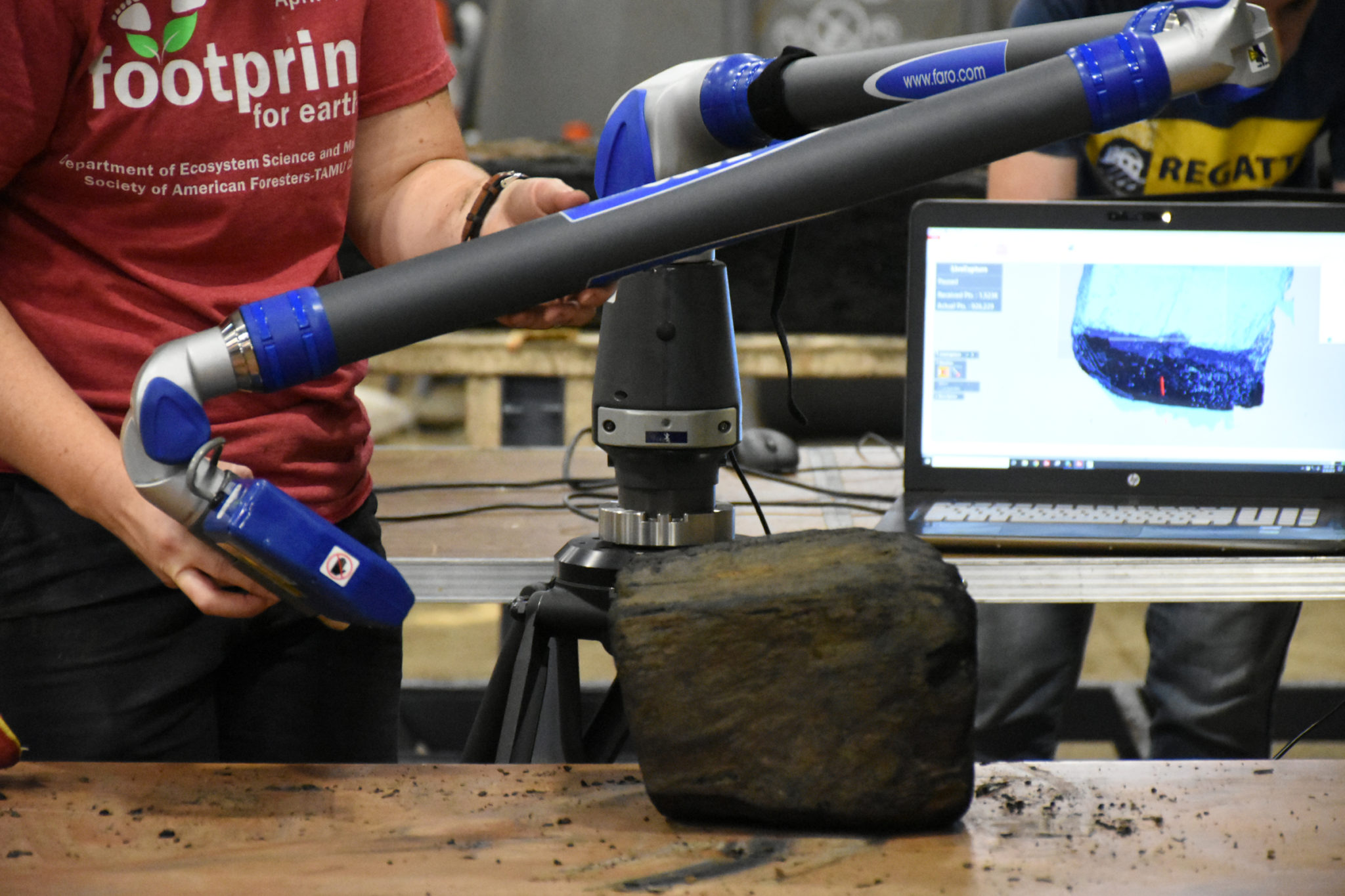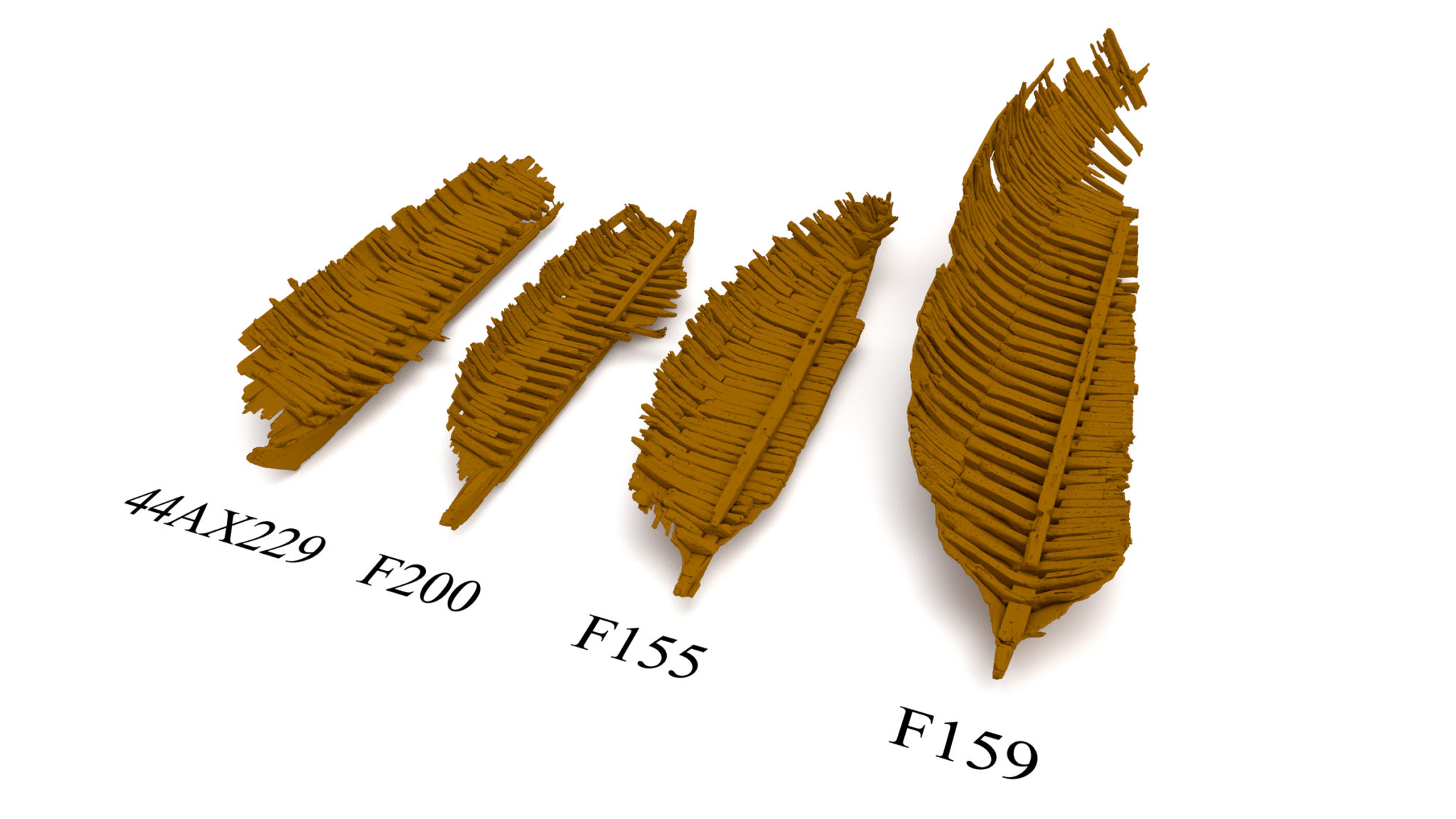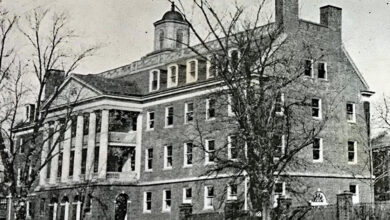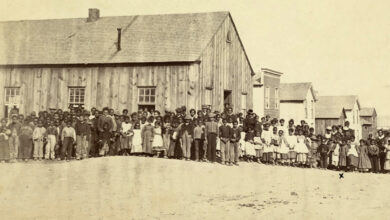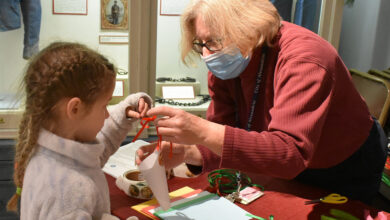Preserving Alexandria’s Maritime History
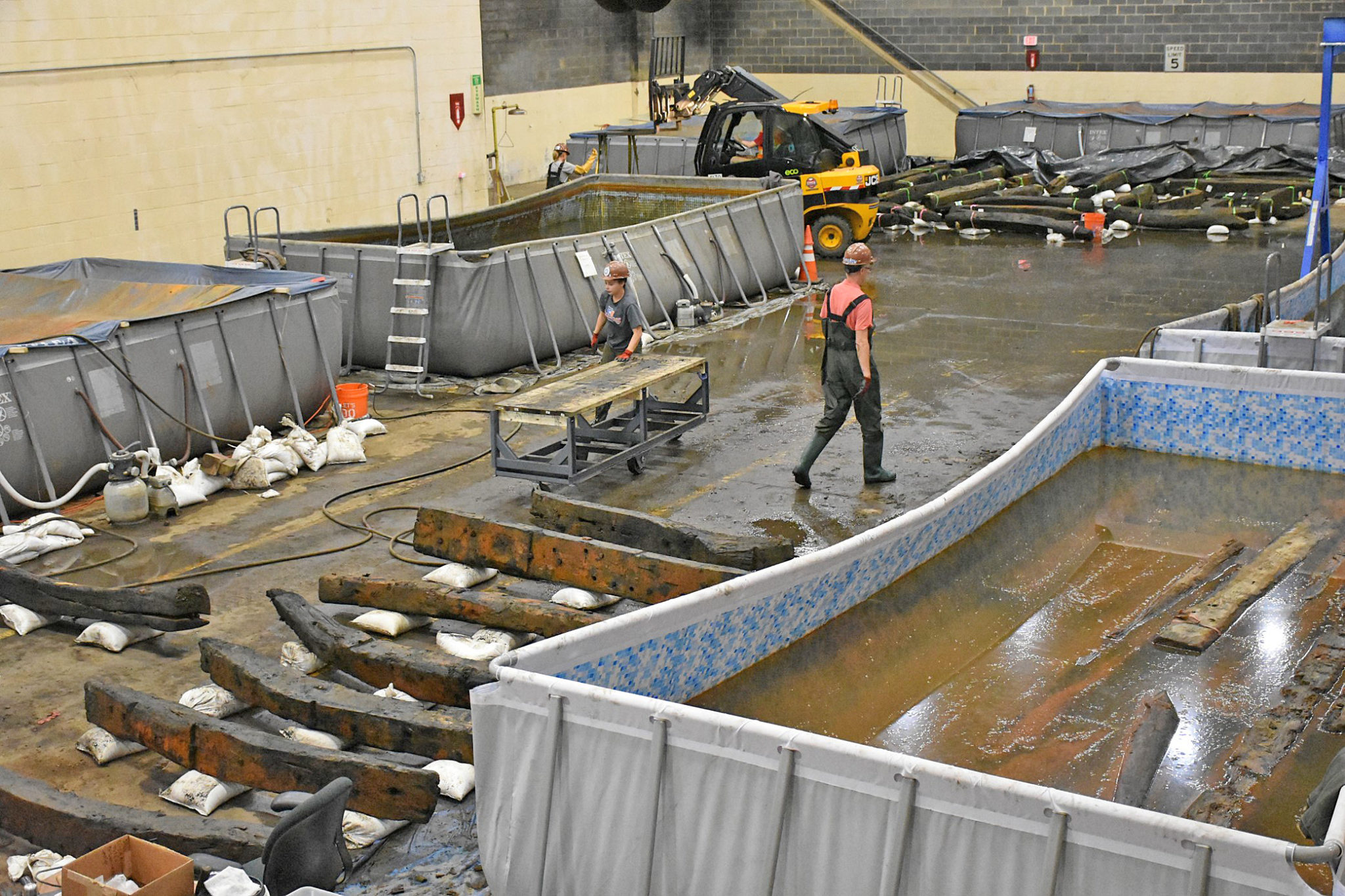
From the Office of Historic Alexandria
Alexandria, VA – The ground beneath modern Alexandria contains a record of people who once lived, worked, and moved through this area. Small artifacts like bottles, buttons, and bones left by past residents reveal what happened in a particular place and time. But over the last several years, professional archaeologists in the city have studied much larger objects: the remnants of four historical wooden ships buried beneath modern buildings along the river’s edge.
Archaeologists began excavating the remains of four massive hulls in 2015 at sites along the Alexandria waterfront, one from the Hotel Indigo site and three from the Robinson Landing site. All four ships are evidence of Alexandria’s rich maritime history. Archaeologists are sharing new findings about these late 18th and early 19th century merchant ships in an exhibit at the Torpedo Factory Art Center.
The name of each ship remains a mystery. Researchers studied the size and shape of the recovered vessels, comparing them to surviving plans of other ships to help fill in the parts that have been lost. Documents such as newspapers from that time record similar ships arriving and departing from Alexandria. These documents revealed what cargo the merchant ships may have carried and where they may have traveled, e.g., the United Kingdom, Germany, France, Italy, Spain, the Caribbean, and ports along the east coast of North America.
When their useful sailing lives ended, the ships were used to create new land by becoming a framework to extend Alexandria’s natural shoreline. Early Alexandrians created at least ten new city blocks. Reusing abandoned ships to develop new land was common in the 18th and 19th centuries. Cities like Boston, New York, Seattle, and San Francisco all used derelict ships in this way. The remnants of old bulkheads and wharves that made up the old Alexandria shoreline were found alongside the ships. When we walk along Alexandria’s waterfront, we walk on manmade land.
The ship remnants were laser scanned to create models showing what they looked like in the late 18th and early 19th centuries. Scale models of the three vessels from the Robinson Landing site are on view in the new SeeWorthy exhibit on the first floor of the Torpedo Factory Art Center Grand Hall and in Studio #9. This is the first display of Alexandria’s model ship fleet. Visit the free exhibit between April 1 and June 5 to learn how archaeologists use digital and physical models to compare ship construction and answer questions about the size and use of the vessels.
Today, the ship from the Hotel Indigo site is at the Conservation Research Laboratory at Texas A&M University. The ship will return to Alexandria when conservation is complete and ready for reassembly and exhibition. Timbers from the three Robinson Landing site ships will be moved from temporary water storage tanks to medium-term storage at the bottom of a pond in Alexandria’s Ben Brenman Park. Submerging the timbers keeps the wood from decaying further, allowing for future study and conservation.
The process of preserving the ships in the pond will begin this spring and take approximately two months. Readers will be invited to learn more at a family-friendly public day during the process. Stay tuned for updates about future events at www.AlexandriaArchaeology.org.
ICYMI: Going Beyond George Washington: New Exhibit at Mount Vernon Sheds Light on Property’s History

